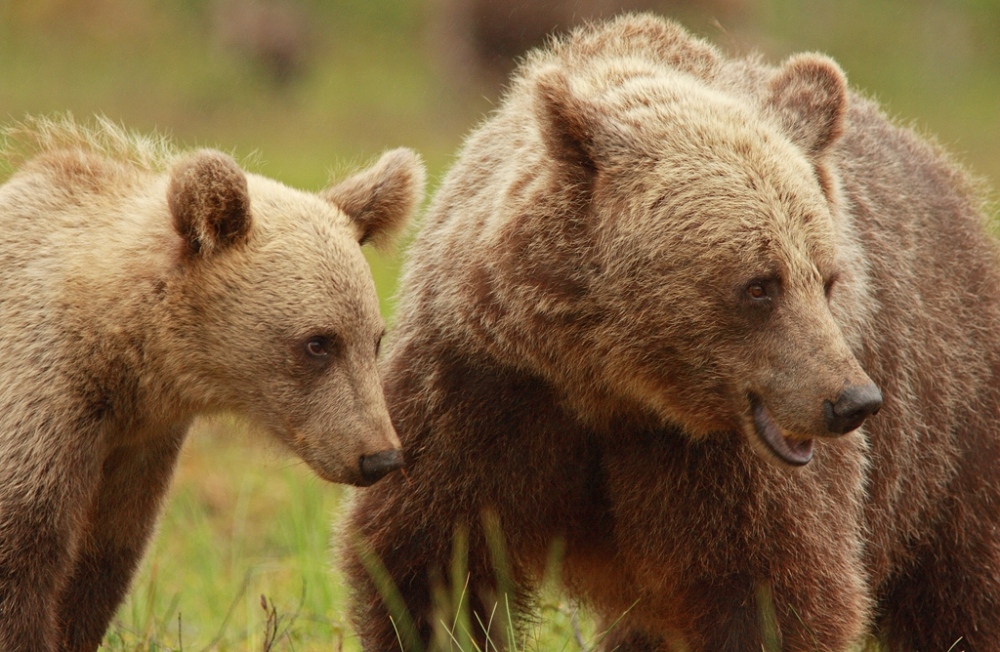Indirect effects of hunting regulation on female brown bear behaviour
Incredible media attention worldwide

A new paper from Fanie Pelletier laboratory, published at the end of March in Nature Communication, has received an incredible media attention. Only a week after its release, it shows an Altmetric Attention Score of more than 1250 points, reaching the top 5% of scores obtained to date and the 99e percentile for papers of the same age. These works have received to date a media coverage more than 150 times worldwide, and this number is still increasing. The article, Hunting regulation favors slow life histories in a large carnivore, reports the works of the doctorate student Joanie Van de Walle, and shows the indirect effects of hunting on selection and demographic processes. These works were done on a brow bear population in Sweden, where the regulation protects females with cubs from hunting. Females can keep their young for 1.5 or 2.5 years, thus favoring the survival of females that keep their young for longer periods, and their young too. The loss of reproductive opportunity for females that keep their cubs for longer periods is compensated by a gain in survival, particularly when hunting pressure is high. Click here for more info.
Funding source: FRQNT, NSERC, Swedish Environmental Protection Agency, Norwegian Directorate for Nature Management, Austrian Science Fund, Swedish Association for Hunting and Wildlife Management.
Fanie Pelletier, Joanie Van de Walle
Added by: Audrey Bourret 2018-04-04
